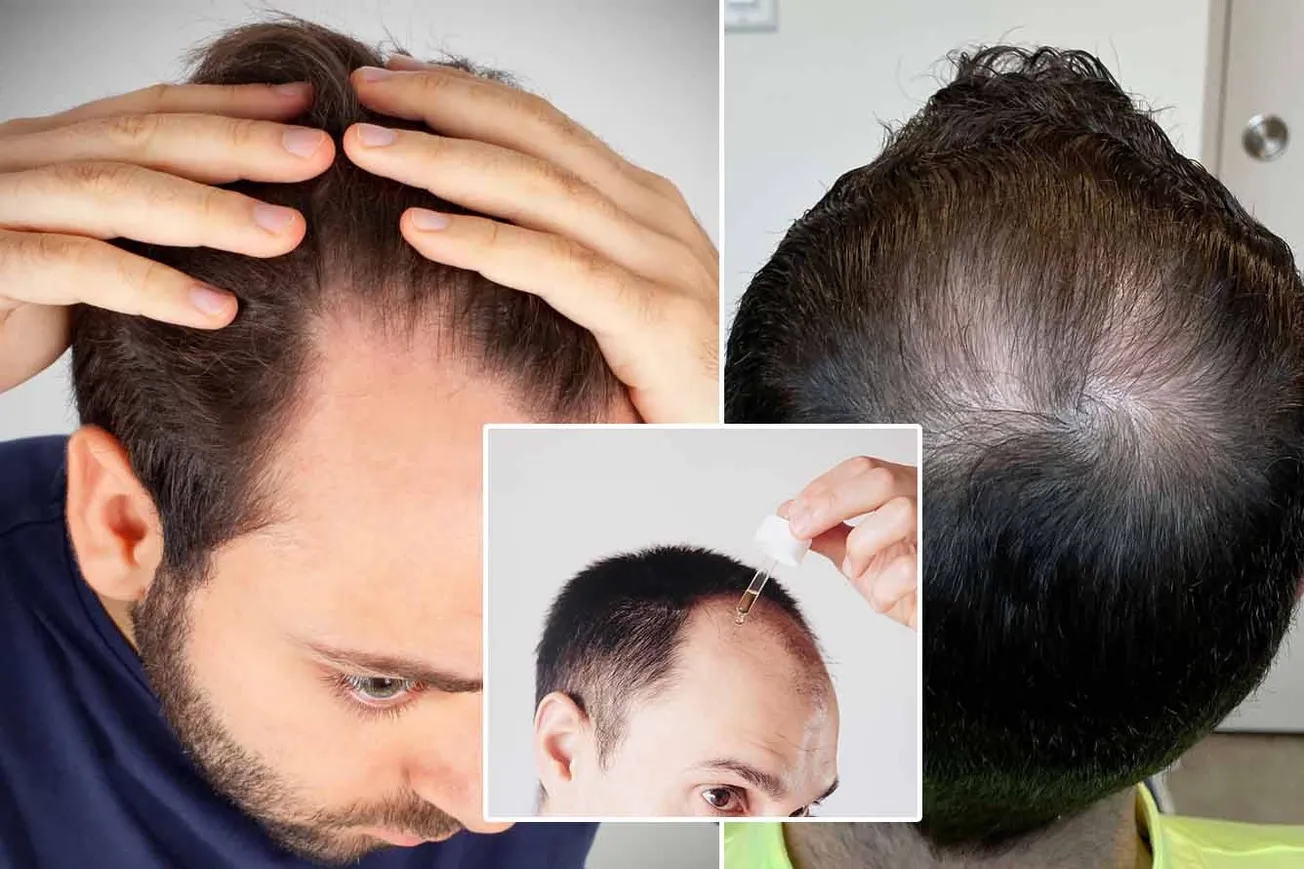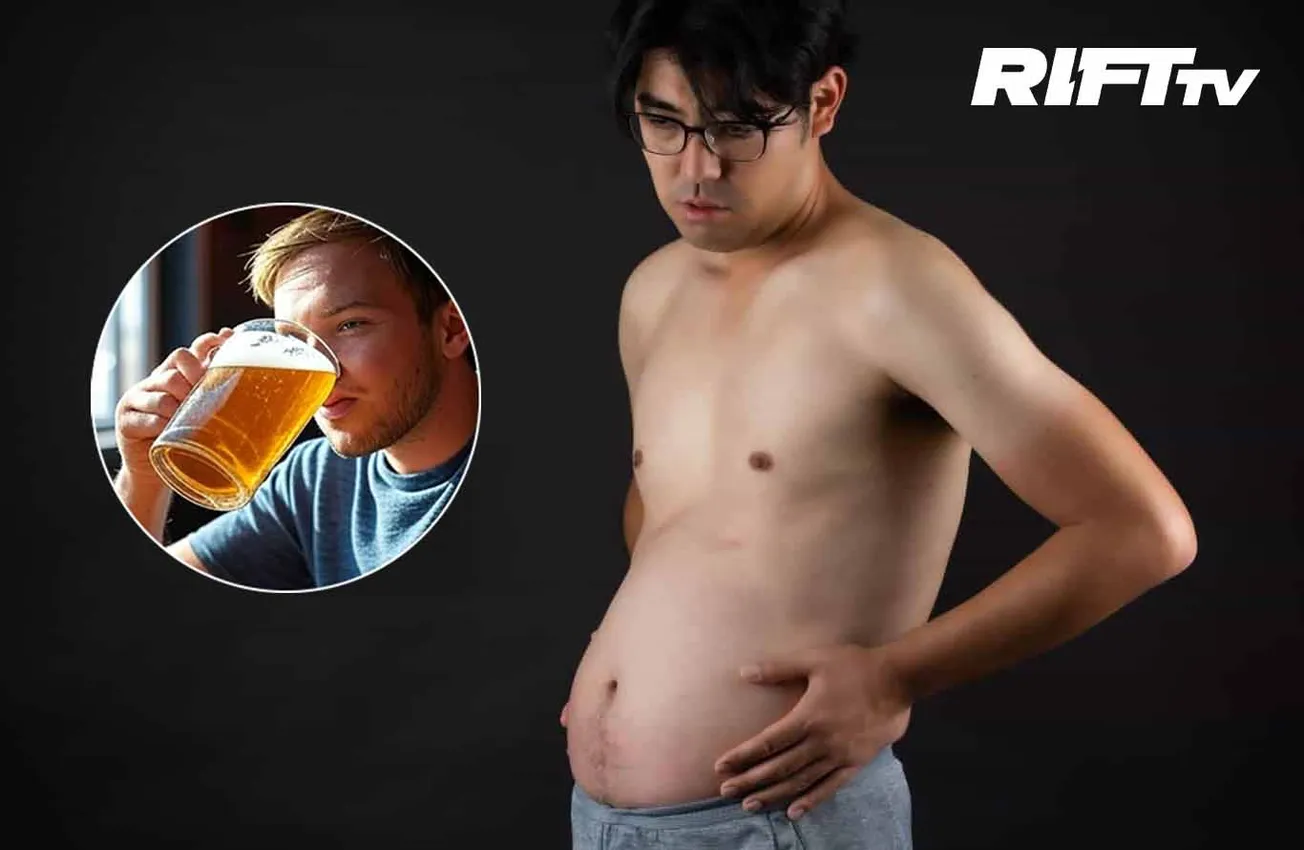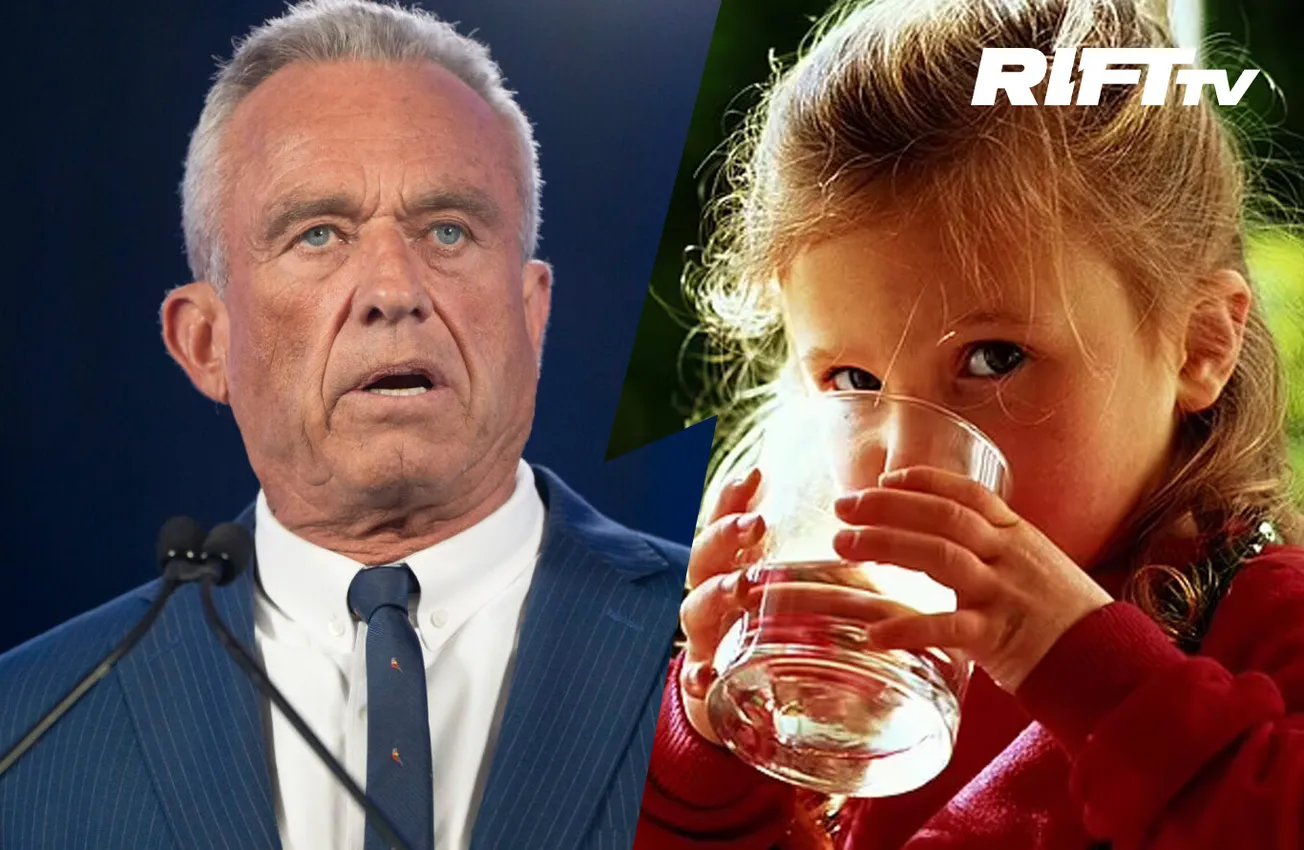META: Discover how PRP, exosomes, and science-backed natural treatments outperform expensive transplants without surgery or debt.
67% of men and 24% of women will experience devastating hair loss during their lifetime. A hard truth when you think about those millions of people looking into the mirror, feeling their age and confidence drop just a little more every day.
Truth is, hair loss levels in modern adults have plummeted to crisis levels, with statistics showing that over 35 million men and 21 million women are struggling with thinning hair by age 35 alone.
Yet the medical establishment keeps pushing the same expensive "solution" - hair transplants costing $4,000-$15,000 that leave you scarred, in debt, and often disappointed.
It doesn't actually seem to be solving anything. And maybe that's for a good reason - especially since there's a scientifically-proven alternative that's helping thousands regrow thicker, fuller hair without surgery, pain, or financial ruin.
While transplant surgeons are booking luxury vacations and buying lavish presents and cars with your hard-earned money, groundbreaking research has uncovered treatment protocols that outperform surgical options in patient after patient.
The devastating truth?
Many people wait or simply know about it for YEARS before discovering these options, allowing potentially irreversible damage to accumulate while increasing their risk of permanent baldness, crushing depression, and social isolation.
We're going to reveal exactly how to reclaim your natural hair without surgery—but first, you need to understand why transplants are often the WORST option for most people.
What you'll discover below might shock you...
The transplant trap and what surgeons won't tell you
That impressive "after" photo your surgeon shows you hides some disturbing facts.
Research published in medical journals reveals the shocking reality: hair transplants fail to address the root cause of your continuing hair loss.
A significant percentage of people who undergo hair transplants often need more surgery since they continue to lose hair in non-transplanted areas. And not every balding person is even suitable for the procedure to happen or be a success.
You can only imagine how many surgeons and practices know this but offer their services out anyway.
Here's what they're not telling you:
- Success depends entirely on the surgeon's skill. Many clinics hire technicians with minimal training
- Donor area limitations - You only have so much hair to transplant
- Scarring is inevitable - Both FUT (strip) and FUE methods leave permanent marks
- Multiple surgeries required - Most patients need 2-3 procedures over time
- Medication still required - You'll STILL need finasteride or minoxidil after surgery
Most shocking of all?
The black market for hair transplants is booming, with desperate patients seeking cheaper options.
The industry's own society (ISHRS) reports that 96.4% of their surgeons have had to repair botched transplants from black market providers, with the average surgeon seeing these cases make up 6% of their repair work.
The scientific breakthrough of regeneration, not transplants
While surgeons continue pushing expensive procedures, groundbreaking research has uncovered a revolutionary approach that's changing everything we thought we knew about hair loss.
The secret?
Your body already contains everything needed to regrow hair - it just needs the right signals.
Platelet-Rich Plasma (PRP) therapy harnesses your body's own regenerative powers by isolating growth-factor-rich platelets from your blood and injecting them precisely where needed.
In a randomized, placebo-controlled study, patients receiving PRP treatment experienced a mean increase of 33.6 hairs in the target area and a mean increase in total hair density of 45.9 hairs per cm² compared with baseline values.
Even more impressive? A comparative study found that PRP performed much better than Rogaine (minoxidil), though results can vary based on your platelet levels.
The science behind PRP's effectiveness is compelling:
- Growth factor delivery - PRP contains essential proteins that stimulate follicle regeneration
- Extended growth phase - Keeps hair in the active growth cycle longer
- Improved blood supply - Enhances nutrient delivery to starving follicles
- Anti-inflammatory effects - Reduces damaging inflammation at the follicle level
- Stem cell activation - Awakens dormant follicle stem cells
While conventional medicine focuses on blocking DHT (the hormone responsible for most hair loss) with medications like finasteride, PRP takes a completely different approach by directly rejuvenating the hair follicles themselves.
Beyond PRP: The complete non-surgical hair restoration protocol
While PRP alone shows remarkable results, combining it with other science-backed treatments creates a synergistic effect that can rival or exceed transplant results for many patients.
1. Exosome therapy: Next-generation hair regeneration
The newest advancement in hair restoration utilizes exosomes - tiny vesicles released by stem cells that contain powerful growth factors and signaling molecules.
A clinical trial in 2022 on 39 patients with androgenetic alopecia showed significant increases in hair density (20%) and thickness (17%) after receiving topical adipose stem cell-derived exosomes once weekly for 12 weeks.
2. Low-Level Laser Therapy (LLLT): Painless stimulation
FDA-cleared laser devices use specific wavelengths to energize hair follicles at the cellular level.
Studies show LLLT can increase hair count by 20-35% over 6 months, with real-world studies reporting approximately 80% clinical effectiveness.
3. Microneedling
This simple technique creates microscopic channels in the scalp that enhance product absorption and stimulate regeneration.
Studies combining microneedling with minoxidil show significantly better results than minoxidil alone, with one study reporting 82% of combination users experiencing >50% improvement versus only 4.5% in the minoxidil-only group.
4. Prescription Medications
While the treatments above can work independently, combining them with FDA-approved medications creates an even more powerful protocol:
Finasteride maintains hair in 83% of men and promotes regrowth in 66% after two years. Dutasteride proves more potent, reducing DHT by 90% compared to finasteride's 70%, with clinical trials showing 2-3 times more hair regrowth.
5. Nature's secrets
For those seeking natural alternatives, recent research has revealed several options with clinical backing:
Rosemary oil shows the strongest evidence among natural treatments, with a 2015 randomized comparative trial finding 1% rosemary oil as effective as 2% minoxidil after 6 months, with less scalp itching.
Pumpkin seed oil demonstrated impressive results in a 2014 study, with men taking 400mg daily experiencing 30% more hair growth compared to placebo after 24 weeks.
The complete protocol and creating your custom regimen
The most effective approach combines multiple treatments targeted to your specific hair loss pattern, age, and gender.
For early to moderate male pattern baldness:
- Finasteride (1mg daily) or Dutasteride (0.5mg daily)
- Topical minoxidil 5% twice daily
- PRP treatments (3-4 initial sessions, then maintenance every 6 months)
- LLLT (3 times weekly, 20-30 minutes per session)
- Weekly microneedling (followed by minoxidil application)
For female pattern hair loss:
- Topical minoxidil 5% once or twice daily
- Spironolactone (for post-menopausal women or those on birth control)
- PRP treatments (studies suggest women respond even better than men)
- LLLT (particularly effective for diffuse thinning patterns)
- Nutritional support (iron, vitamin D, zinc, and biotin if deficient)
For advanced hair loss:
- All of the above at maximum therapeutic levels
- Consider exosome therapy as a powerful additive treatment
- More frequent PRP sessions initially (4-6 treatments at 4-week intervals)
Cost comparison: Surgery vs. regenerative approaches
Let's break down the financial reality:
Hair transplant:
- Average FUE procedure (2,000 grafts): $9,000-12,000
- Follow-up procedures (often needed): Additional $5,000-10,000
- Ongoing medication costs: $300-600 annually
- Total 5-year cost: $15,000-25,000+
Regenerative protocol:
- Initial PRP series (3-4 treatments): $1,500-5,000
- Annual maintenance (2 PRP sessions): $800-2,000
- LLLT device (one-time purchase): $600-3,000
- Medications and supplements: $400-1,200 annually
- Total 5-year cost: $7,000-15,000
The regenerative approach not only costs less initially but delivers better long-term value by addressing the underlying causes of hair loss rather than simply moving hair from one area to another.
Over to you
The devastating truth is that hair loss progressively worsens every day you delay treatment. Each day of inaction means more follicles transitioning from the growth phase to permanent dormancy.
Unlike transplants, which require complete baldness in an area before intervention, regenerative approaches work best when started at the earliest signs of thinning.
Dr. Amiya Prasad, a leading expert in hair regeneration, explains: "Hair Regeneration can prevent progressive, future hair loss — an important issue that hair transplants do not address."
To get started:
- Consult with a regenerative hair specialist - Not all providers are trained in these advanced protocols
- Get proper testing - Hormonal panels, nutritional deficiencies, and scalp analysis
- Create a personalized treatment plan - The most effective approaches are customized
- Document your baseline - Take clear photos under consistent lighting
- Commit to the process - Results typically appear after 3-6 months of consistent treatment
The choice is clear: continue down the path of worsening hair loss and eventual expensive, painful surgery, or take action now with scientifically-proven regenerative treatments that target the root cause.











Conversation